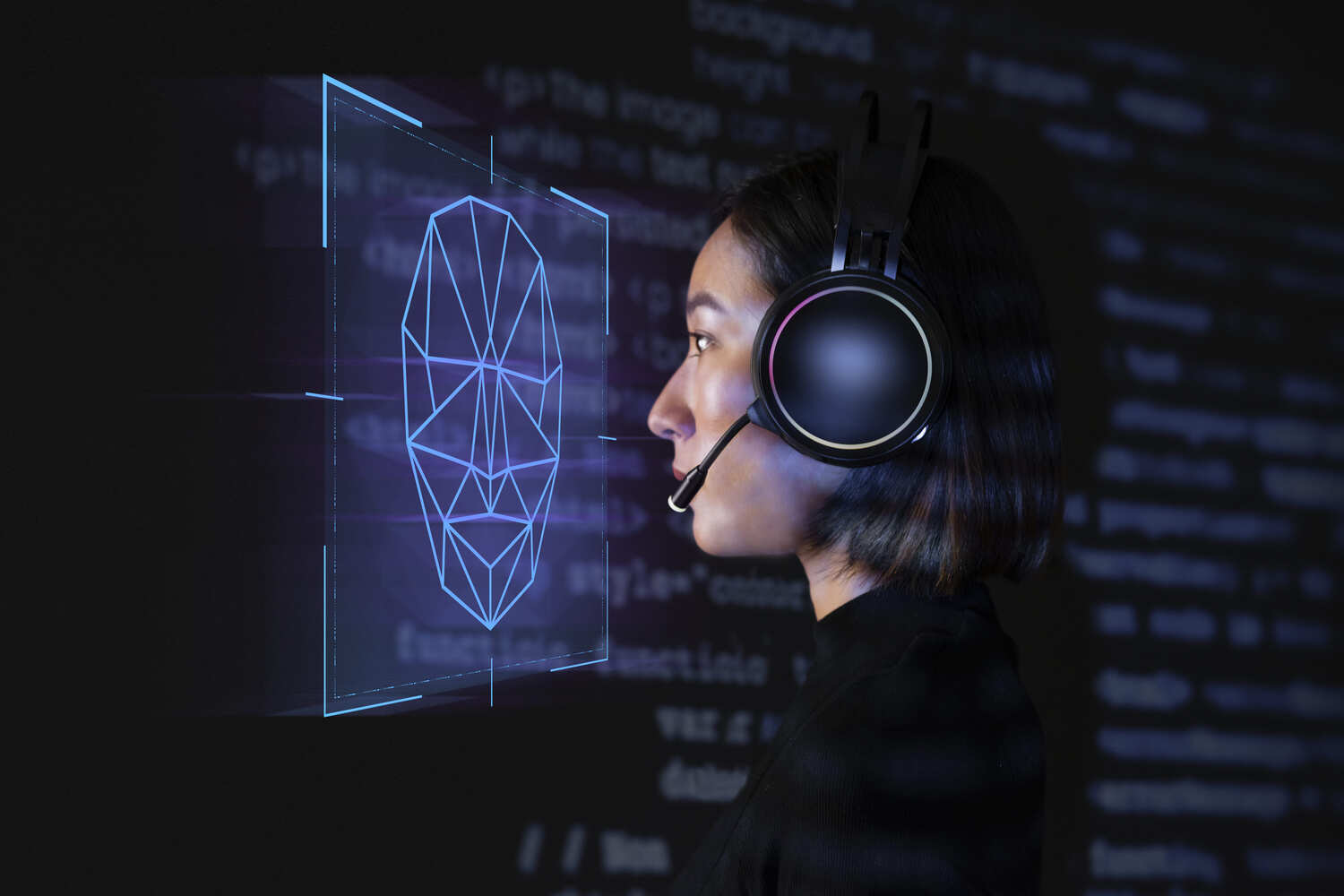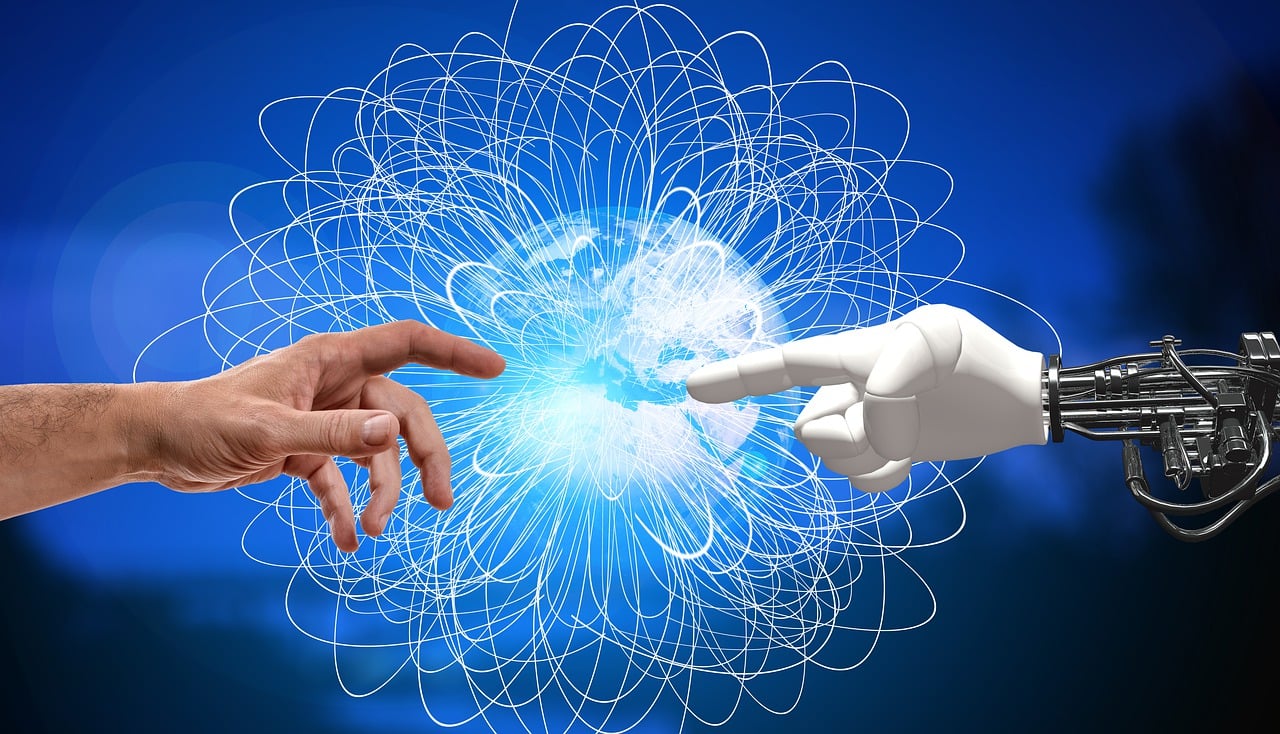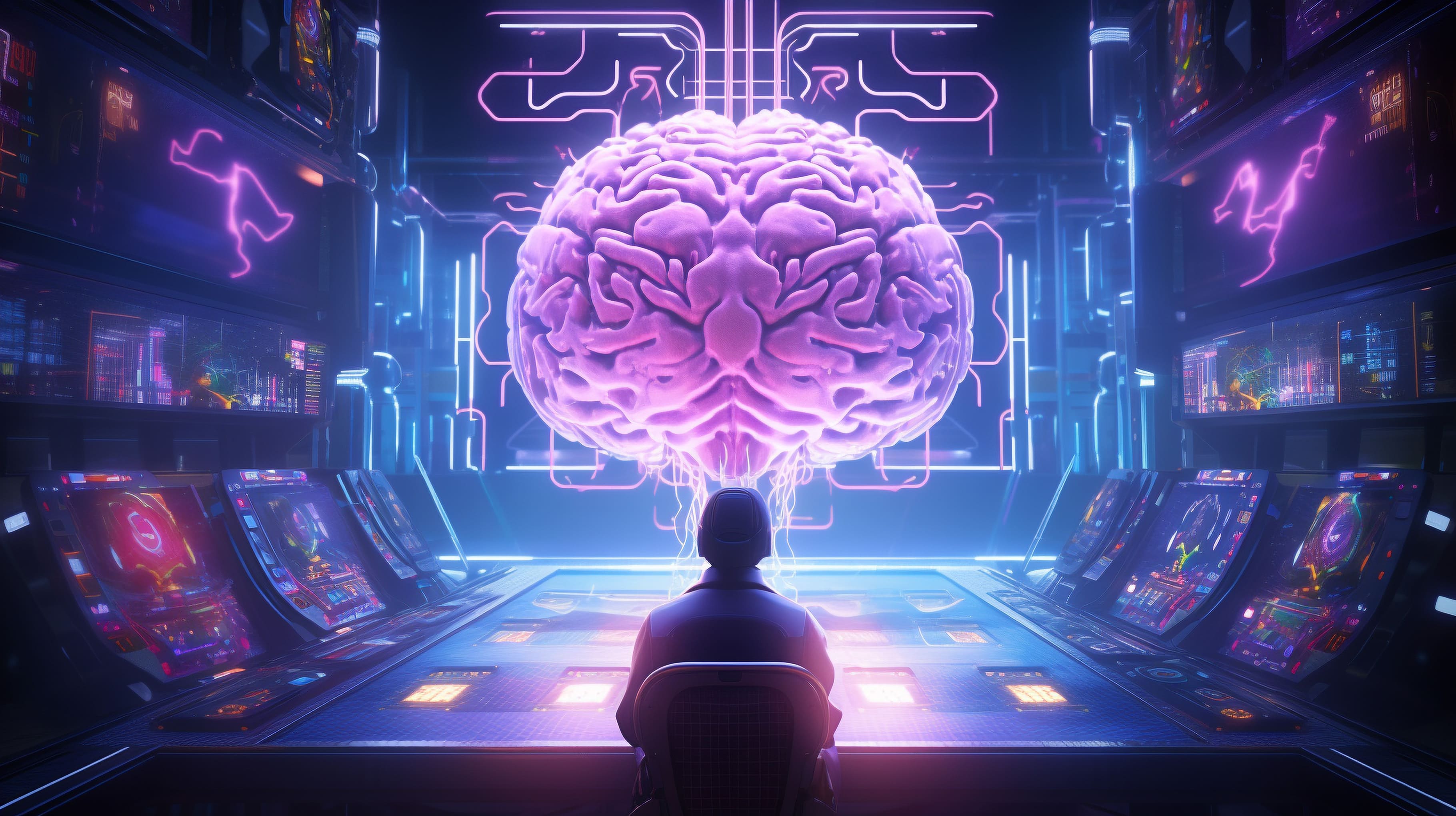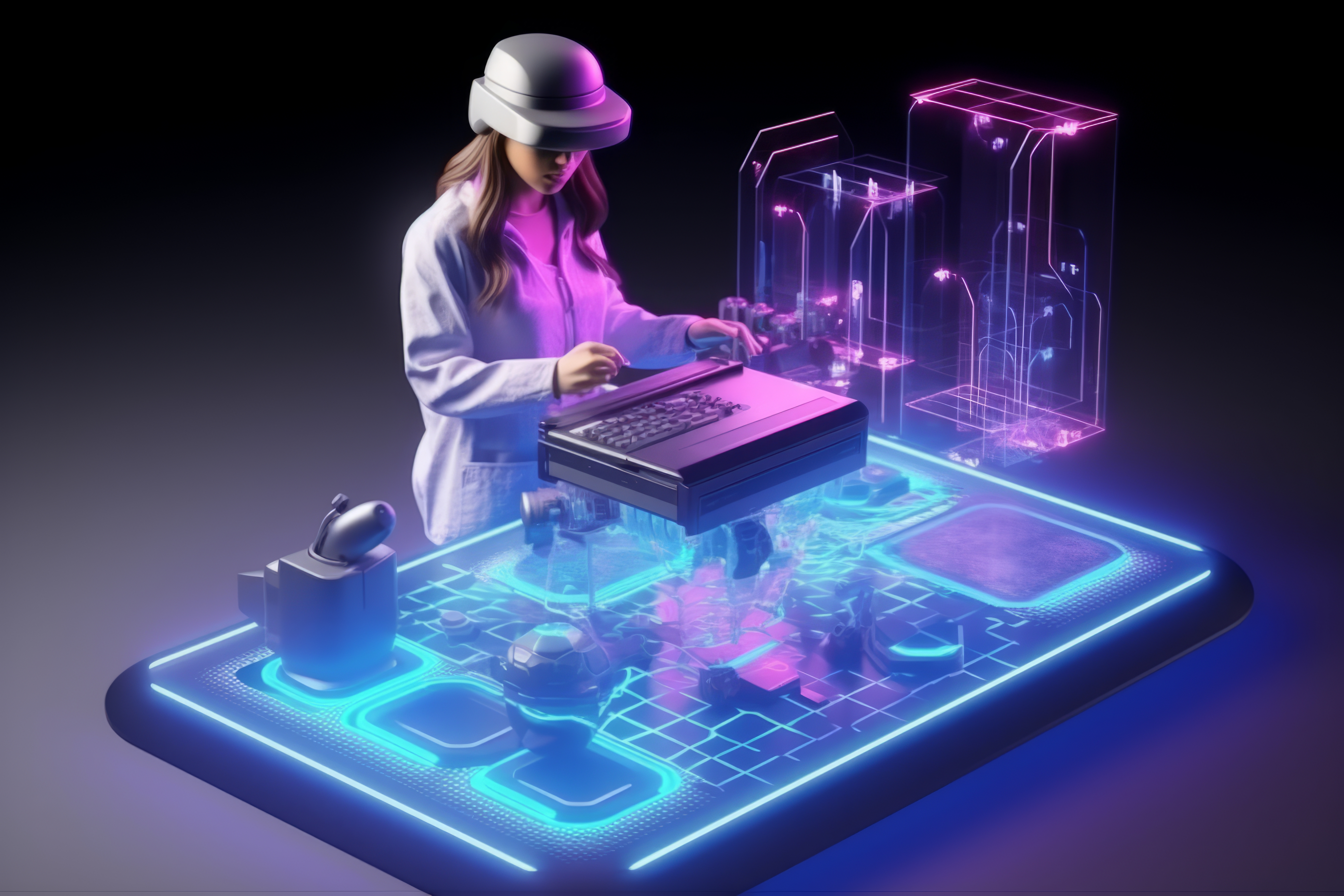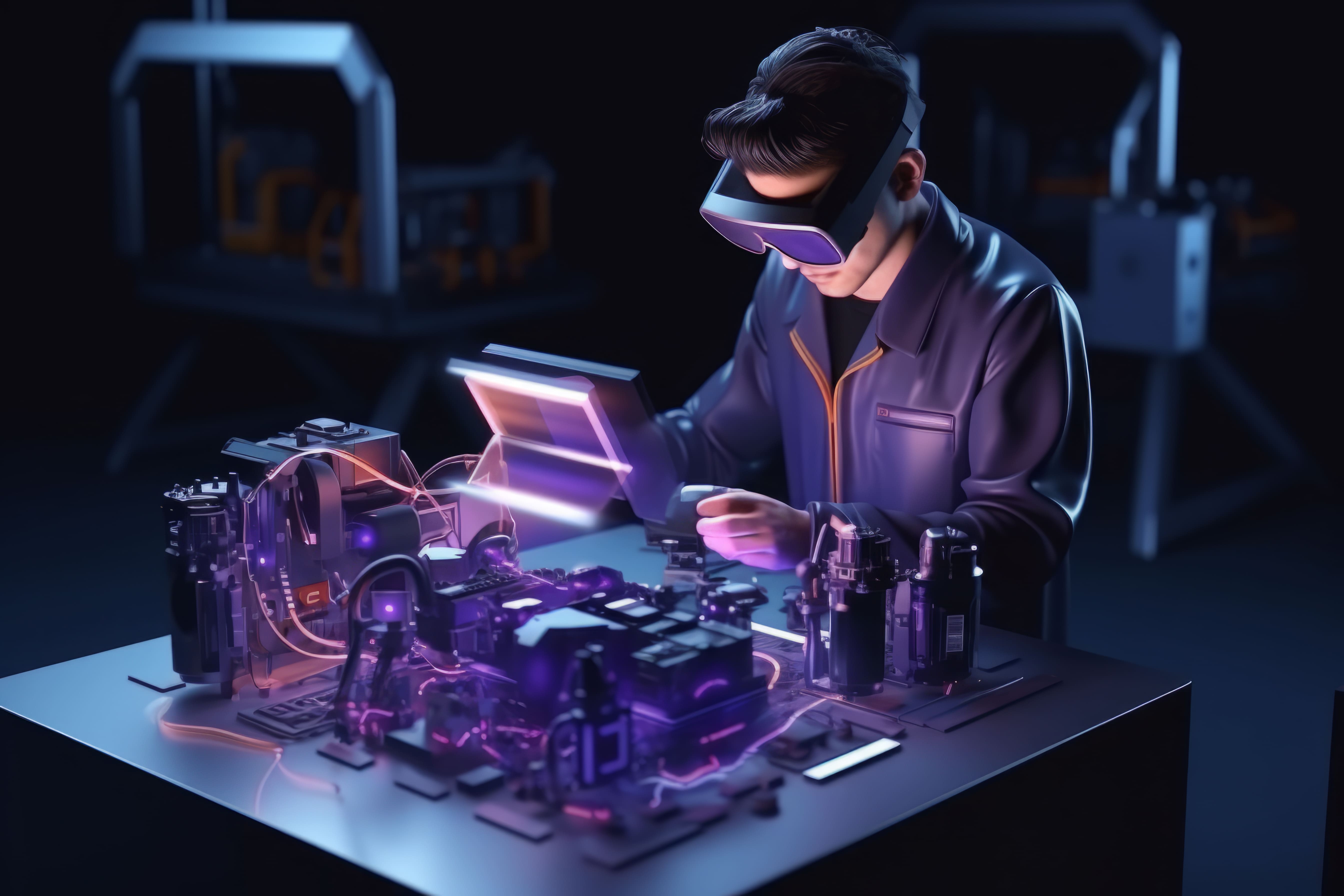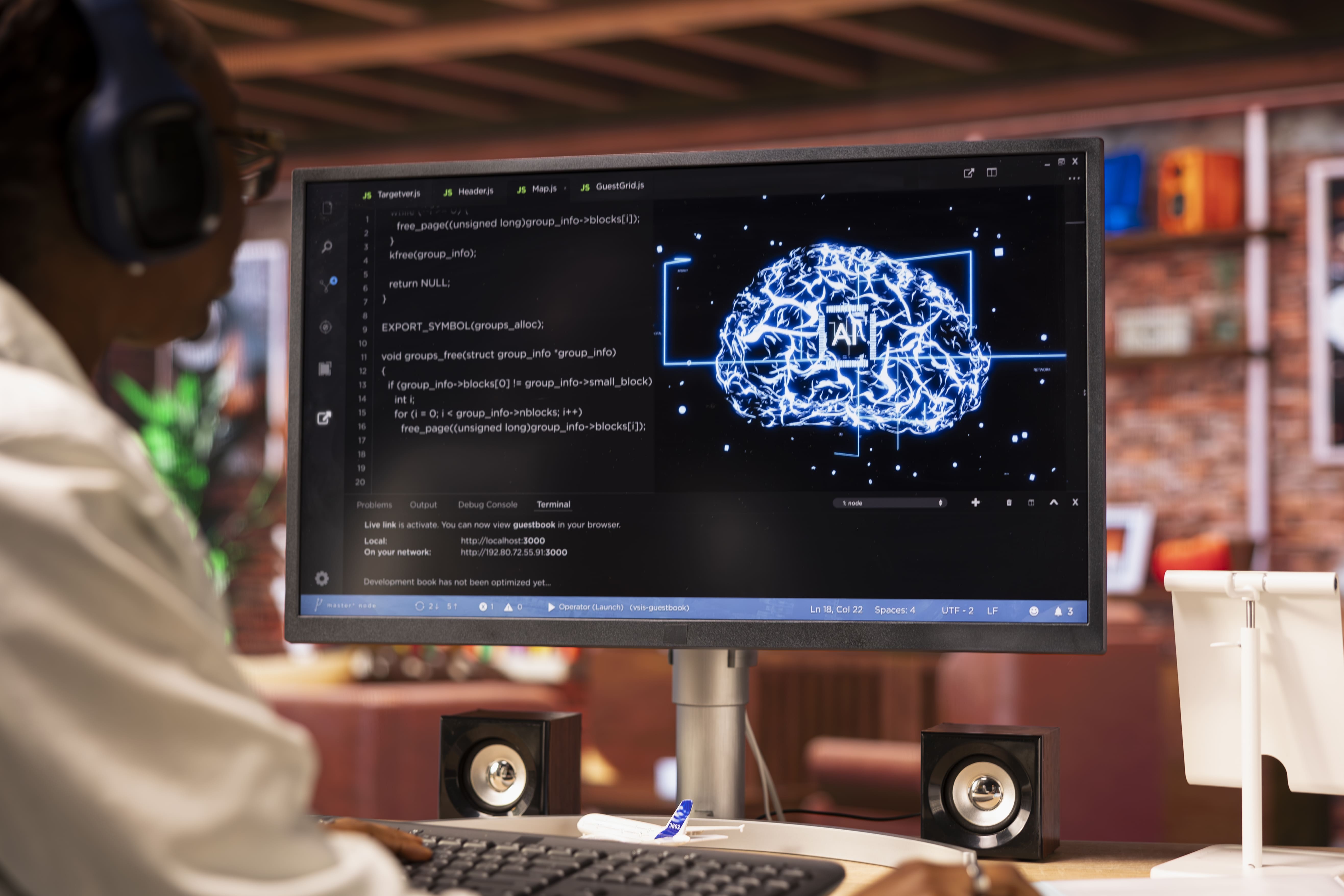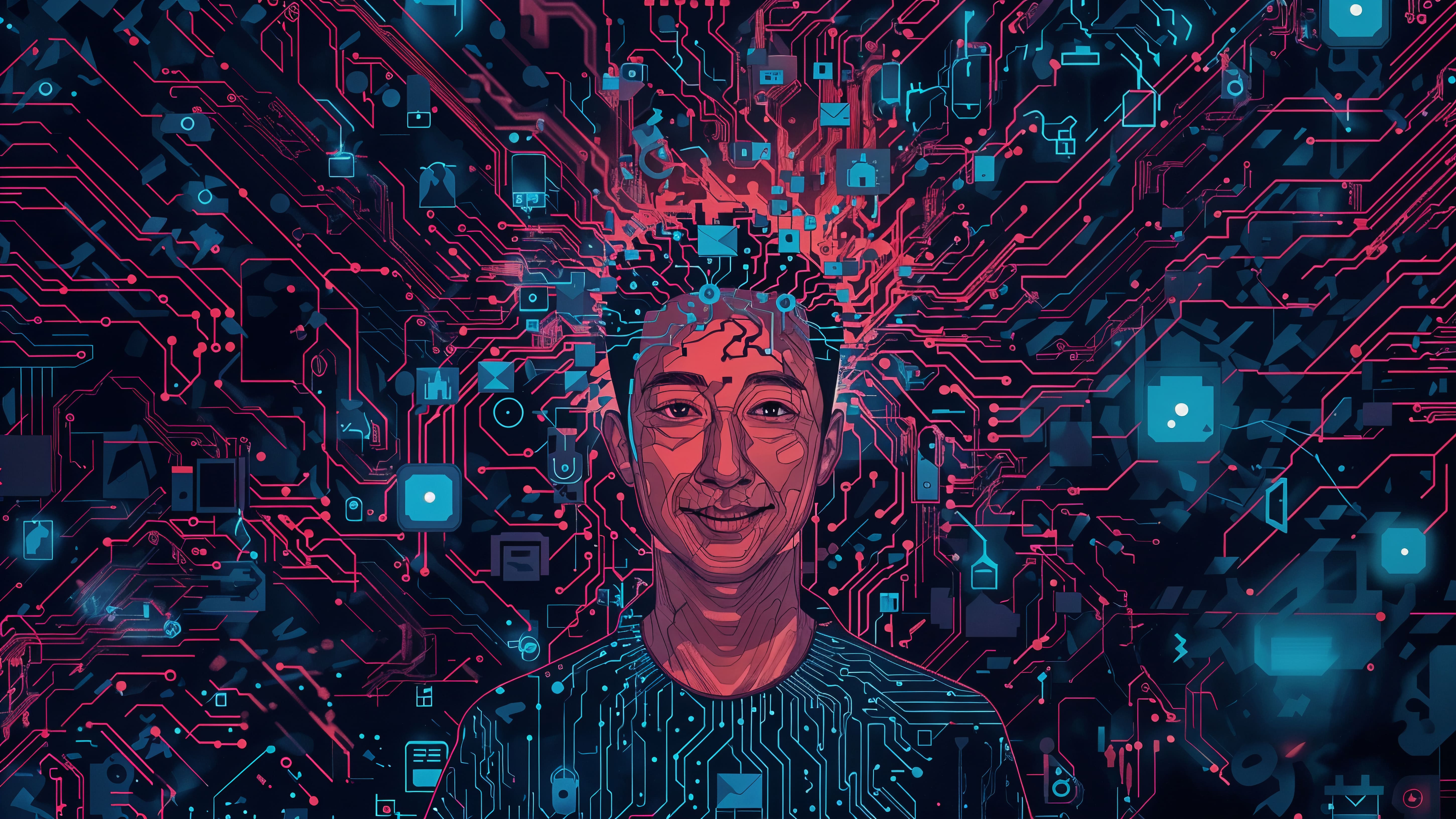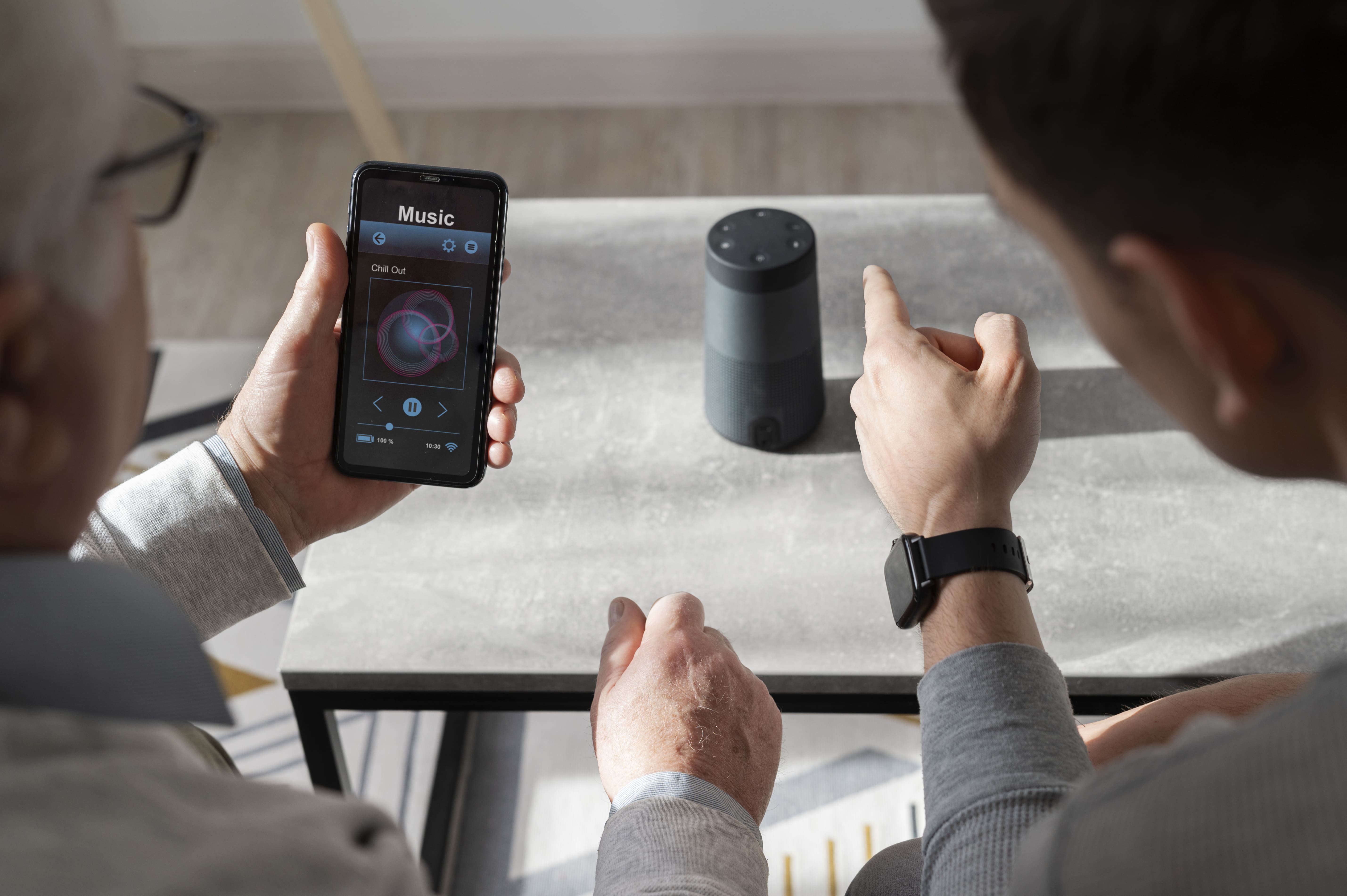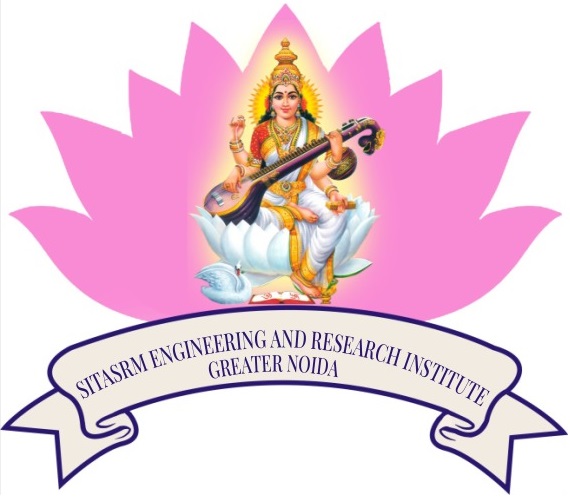 SITASRM ENGINEERING & RESEARCH INSTITUTE
SITASRM ENGINEERING & RESEARCH INSTITUTE
 SITASRM ENGINEERING
SITASRM ENGINEERING & RESEARCH INSTITUTE

SITASRM ENGINEERING & RESEARCH INSTITUTE
Menu
Understanding Digital Signal Processing in Modern Systems
Imagine a world without noise-canceling headphones, crystal-clear mobile calls, or instant facial recognition on your smartphone. Picture medical scans that can't reveal intricate details, or space probes unable to transmit images from distant galaxies. These incredible advancements, often taken for granted, owe their existence to a silent, powerful force working behind the scenes: Digital Signal Processing (DSP).
If you're a Computer Science and Engineering (CSE) student, understanding DSP isn't just about passing a course; it's about unlocking the secrets of how modern technology interacts with the real world. It's the bridge between continuous, messy analog signals and the precise, computable digital data that powers our smart devices, AI, and communication networks. Let's delve into what Digital Signal Processing is and why it's a cornerstone of so many modern systems.
What Exactly is Digital Signal Processing?
At its core, Digital Signal Processing involves taking real-world analog signals—like sound waves, images, sensor readings, or radio frequencies—and converting them into digital information (sequences of numbers). Once in digital form, these signals can be manipulated, analyzed, and enhanced using mathematical algorithms. Think of it as a highly sophisticated digital filter, noise reducer, or data interpreter.
Unlike older analog signal processing, the digital approach offers incredible advantages:
-
Precision: Digital signals are less prone to degradation and noise.
-
Flexibility: Algorithms can be easily changed or updated via software.
-
Reproducibility: The same processing can be applied consistently every time.
-
Complexity: Highly complex operations can be performed that would be impossible with analog circuits.
This process typically involves three key steps:
-
Analog-to-Digital Conversion (ADC): The analog signal is sampled at regular intervals and then quantized (assigned a numerical value).
-
Digital Processing: Mathematical algorithms are applied to the digital data.
-
Digital-to-Analog Conversion (DAC): If needed, the processed digital signal is converted back into an analog form for output (e.g., sound from speakers, an image on a screen).
The Pervasive Reach of Digital Signal Processing
You might not realize it, but Digital Signal Processing is everywhere. It's the hidden engine driving much of the technology you use daily:
-
Audio and Speech Processing: From MP3 compression and streaming services to noise cancellation in headphones and voice assistants like Alexa or Google Assistant, Digital Signal Processing makes our auditory world clearer and more interactive. It enables speech recognition, synthesis, and even realistic audio effects.
-
Image and Video Processing: Ever wonder how your phone camera takes such clear photos, even in low light? Or how video streaming is so efficient? DSP algorithms are behind image enhancement, compression, facial recognition, and object tracking. Medical imaging (like MRI and CT scans) also heavily relies on DSP to transform raw data into diagnostic images.
-
Telecommunications: Your mobile phone, Wi-Fi router, and satellite dish are all powerhouses of Digital Signal Processing. It's crucial for modulation/demodulation, error correction, signal filtering, and data compression, ensuring reliable and high-speed communication across vast distances. Modern 4G and 5G networks wouldn't exist without advanced DSP techniques.
-
Control Systems and IoT: In industrial automation, robotics, and the Internet of Things (IoT), DSP helps sensors interpret real-world data to make intelligent decisions. Whether it's a smart home device analyzing environmental data or a factory robot precisely controlling its movements, Digital Signal Processing provides the necessary intelligence.
-
Medical and Biomedical Applications: Beyond imaging, DSP is used to analyze physiological signals like ECGs (electrocardiograms) and EEGs (electroencephalograms). It helps in monitoring vital signs, detecting anomalies, and developing diagnostic tools, truly revolutionizing healthcare.
-
Radar and Sonar: These systems use DSP to detect objects, track their movement, and even create images by processing reflected signals. Essential for defense, navigation, and even autonomous vehicles, DSP extracts crucial information from noisy environments.
Why Digital Signal Processing Matters for CSE Students
For students pursuing Computer Science and Engineering, a strong grasp of Digital Signal Processing offers immense career advantages. It's not just about theoretical knowledge; it's about practical application in booming fields:
-
AI and Machine Learning: DSP forms the bedrock for processing raw data (audio, image, sensor) before it's fed into AI/ML models. Techniques like feature extraction, noise reduction, and data compression, all part of Digital Signal Processing, are vital for training accurate and efficient machine learning algorithms. Many roles in AI/ML, especially those involving multimedia or sensor data, require DSP expertise.
-
Embedded Systems: Designing smart devices, wearable technology, and IoT gadgets heavily relies on DSP to enable real-time processing with limited resources.
-
Communication Systems: With the continuous evolution of wireless technologies (5G, 6G, Wi-Fi 7), expertise in Digital Signal Processing for signal modulation, coding, and interference cancellation remains highly sought after.
-
Data Science: While not always obvious, DSP concepts are fundamental in time-series analysis, anomaly detection, and filtering large datasets in data science roles.
Conclusion: Your Gateway to Modern Tech with SITASRM
Digital Signal Processing is more than just a subject; it's a foundational skill set for innovation in today's digital world. From making your video calls clearer to powering the next generation of AI-driven devices, its applications are endless. For a CSE student, understanding its principles and diverse applications will not only deepen your technical knowledge but also open doors to exciting career paths in telecommunications, AI, consumer electronics, medical technology, and beyond.
At SITASRM Engineering and Research Institute (SERI), we offer various B.Tech programs specially crafted for students of this high-tech generation. Our curriculum is designed to equip you with cutting-edge knowledge in fields like Computer Science and Engineering, Electronics & Communication Engineering, and other specialized areas that extensively utilize Digital Signal Processing. Our admissions are open, and we invite you to visit our site: www.seri.net.in to explore our courses and apply for admissions. Take your first step towards shaping the future of technology with SERI.
 (1).jpg)

